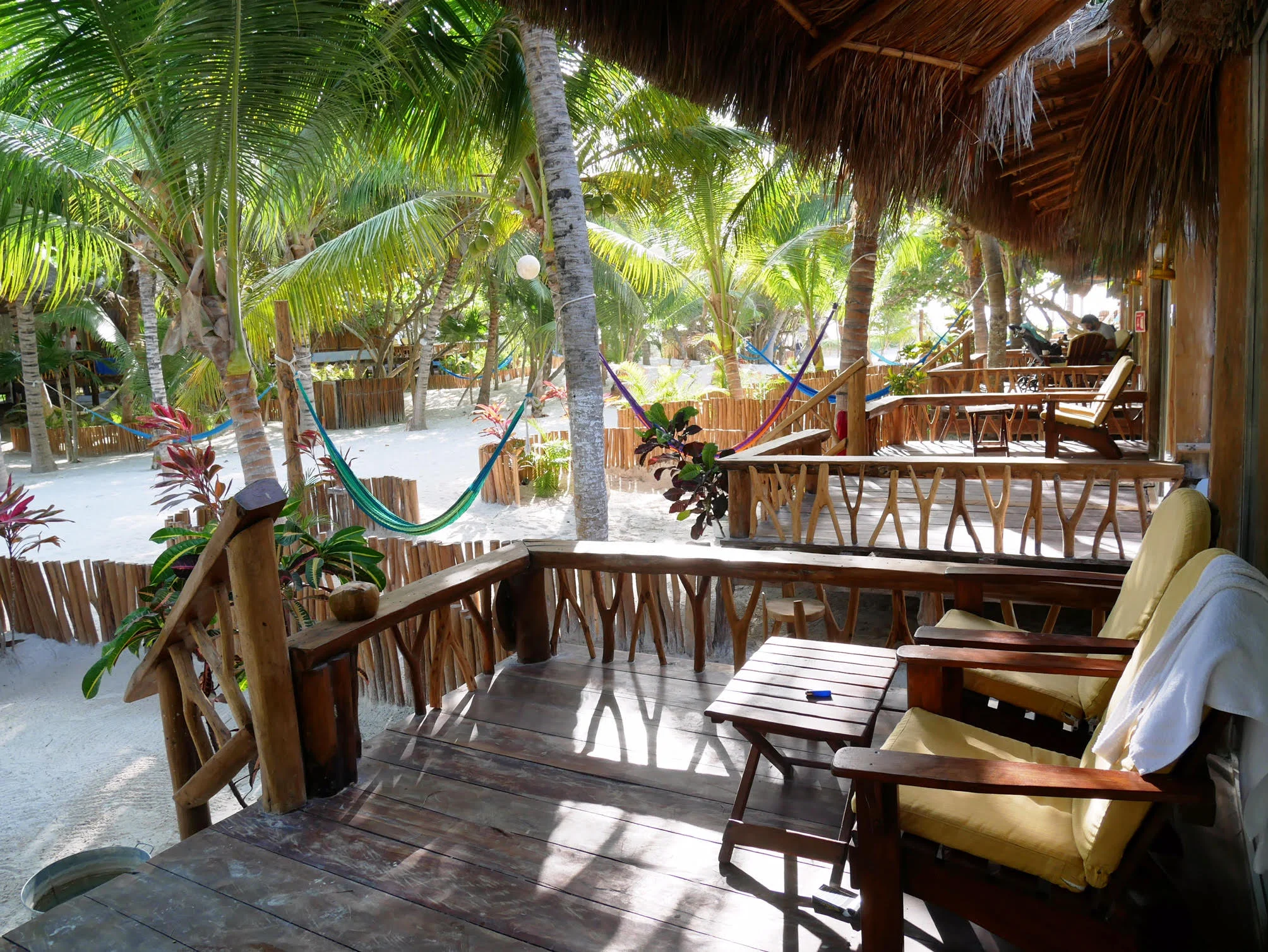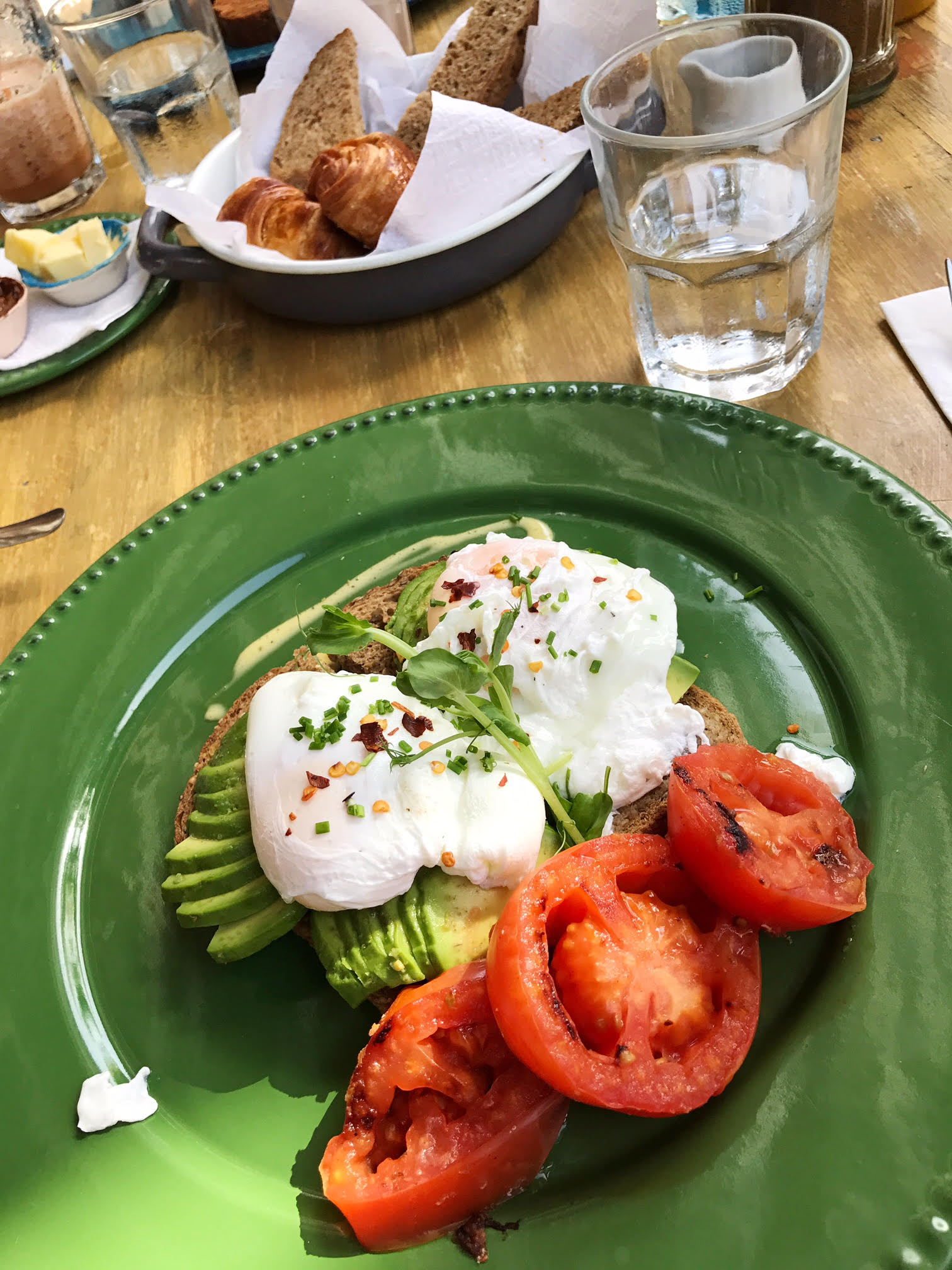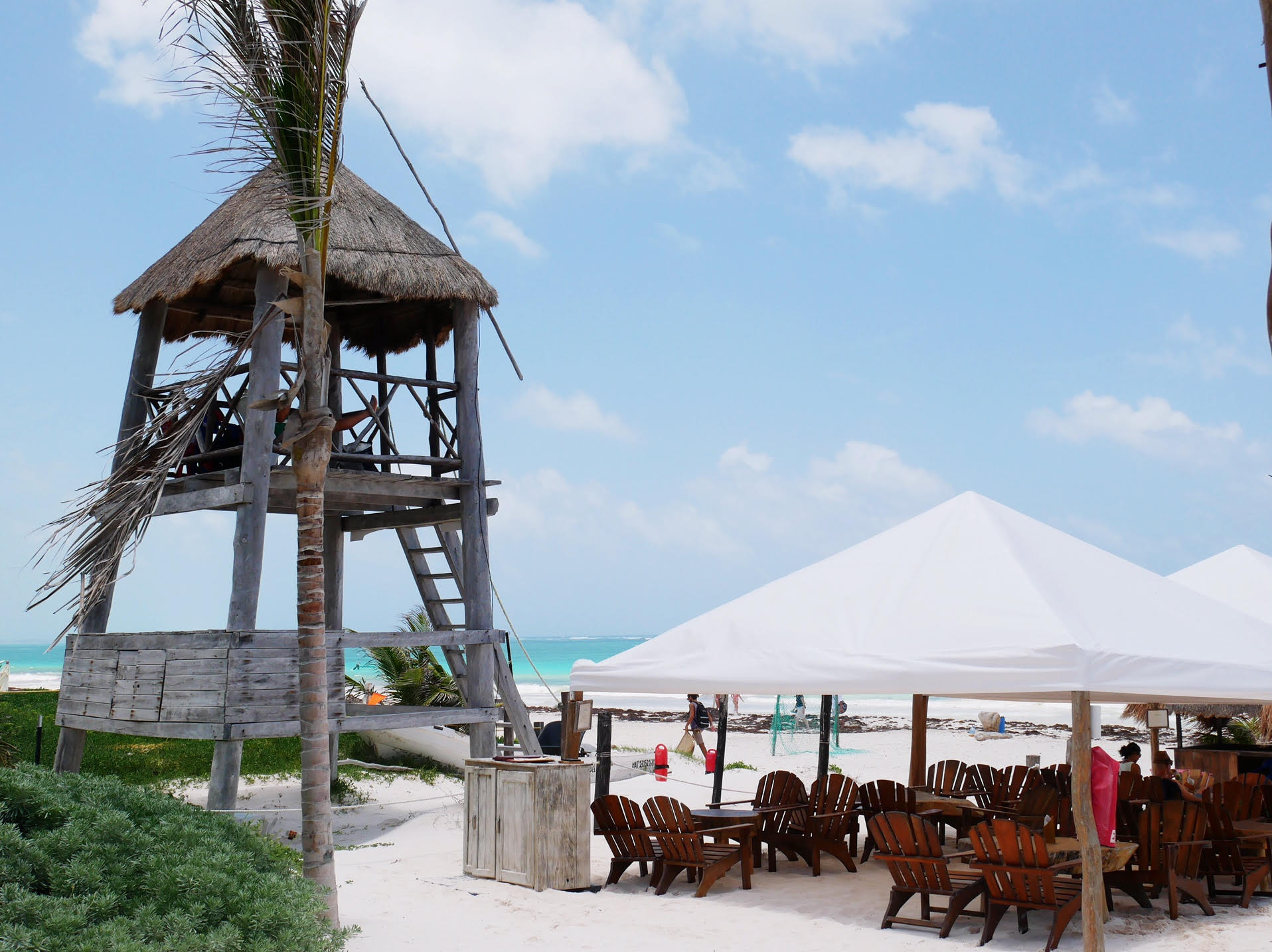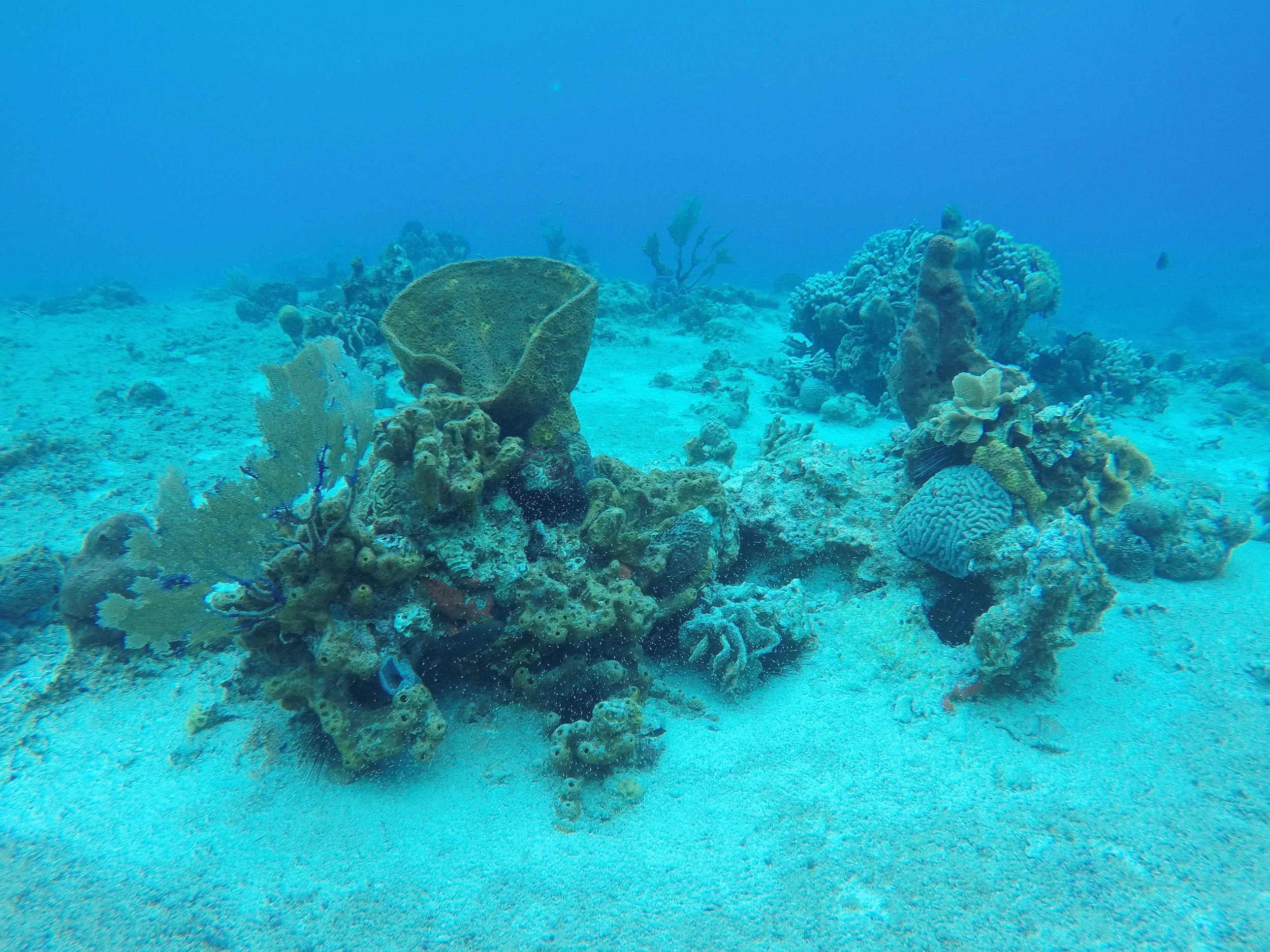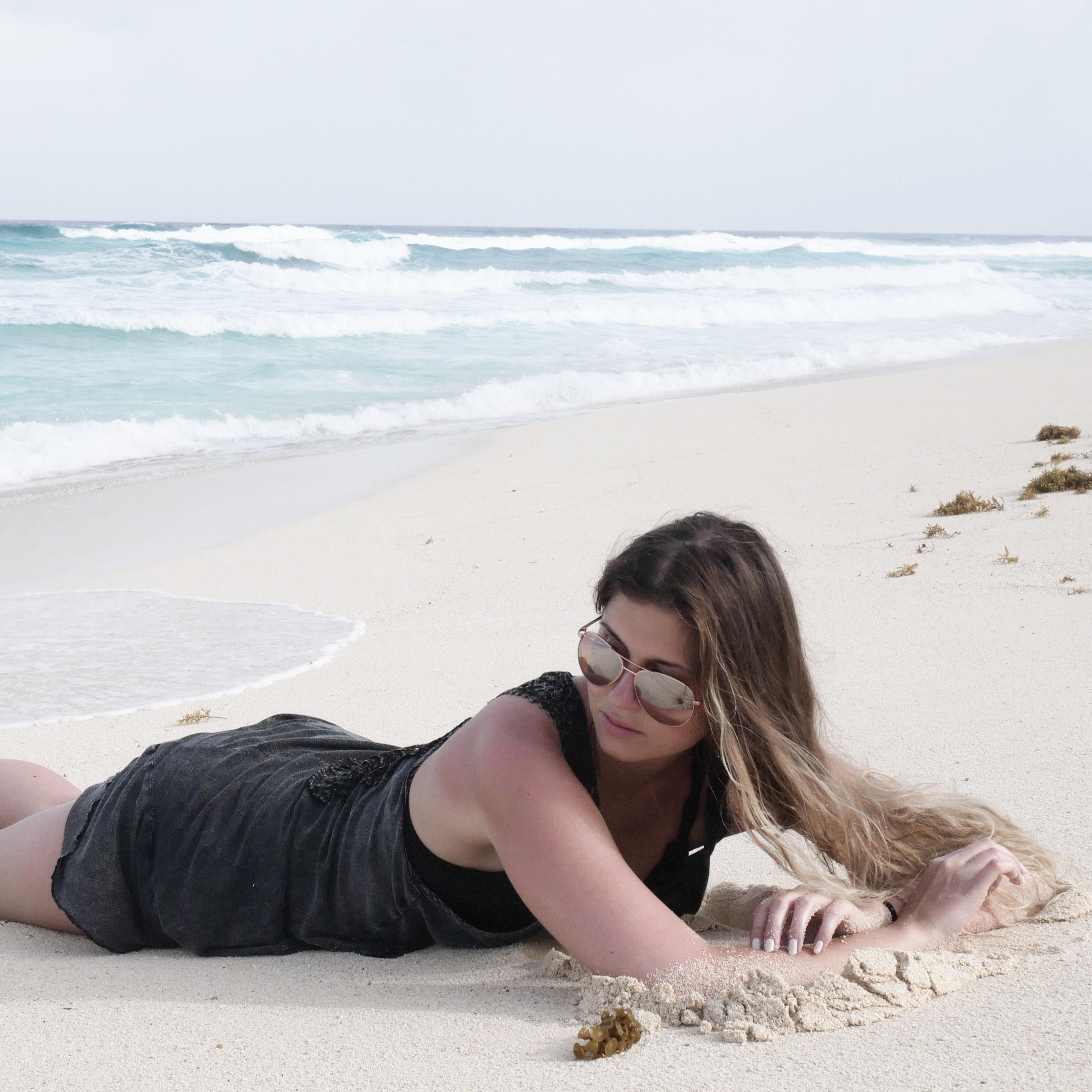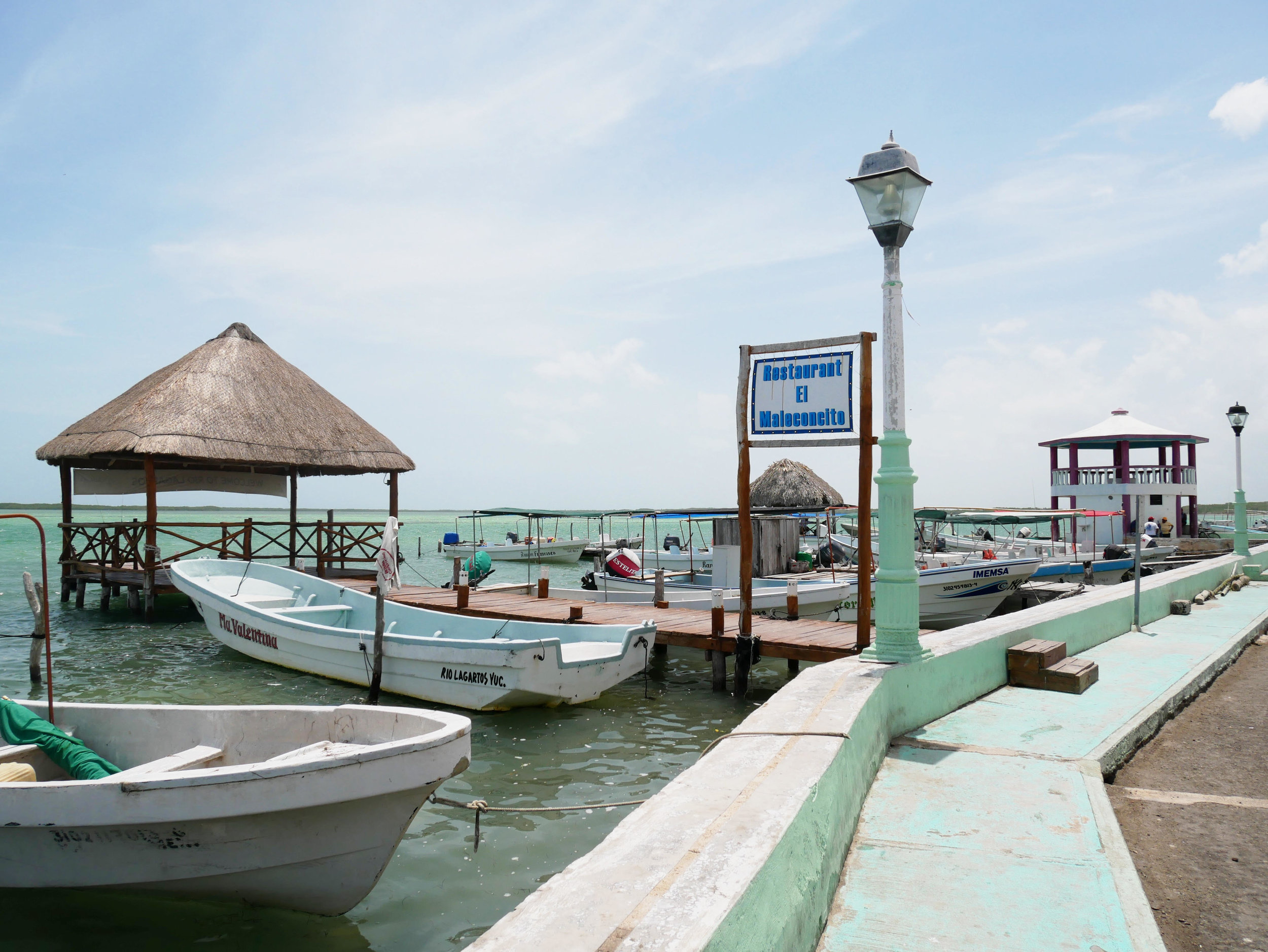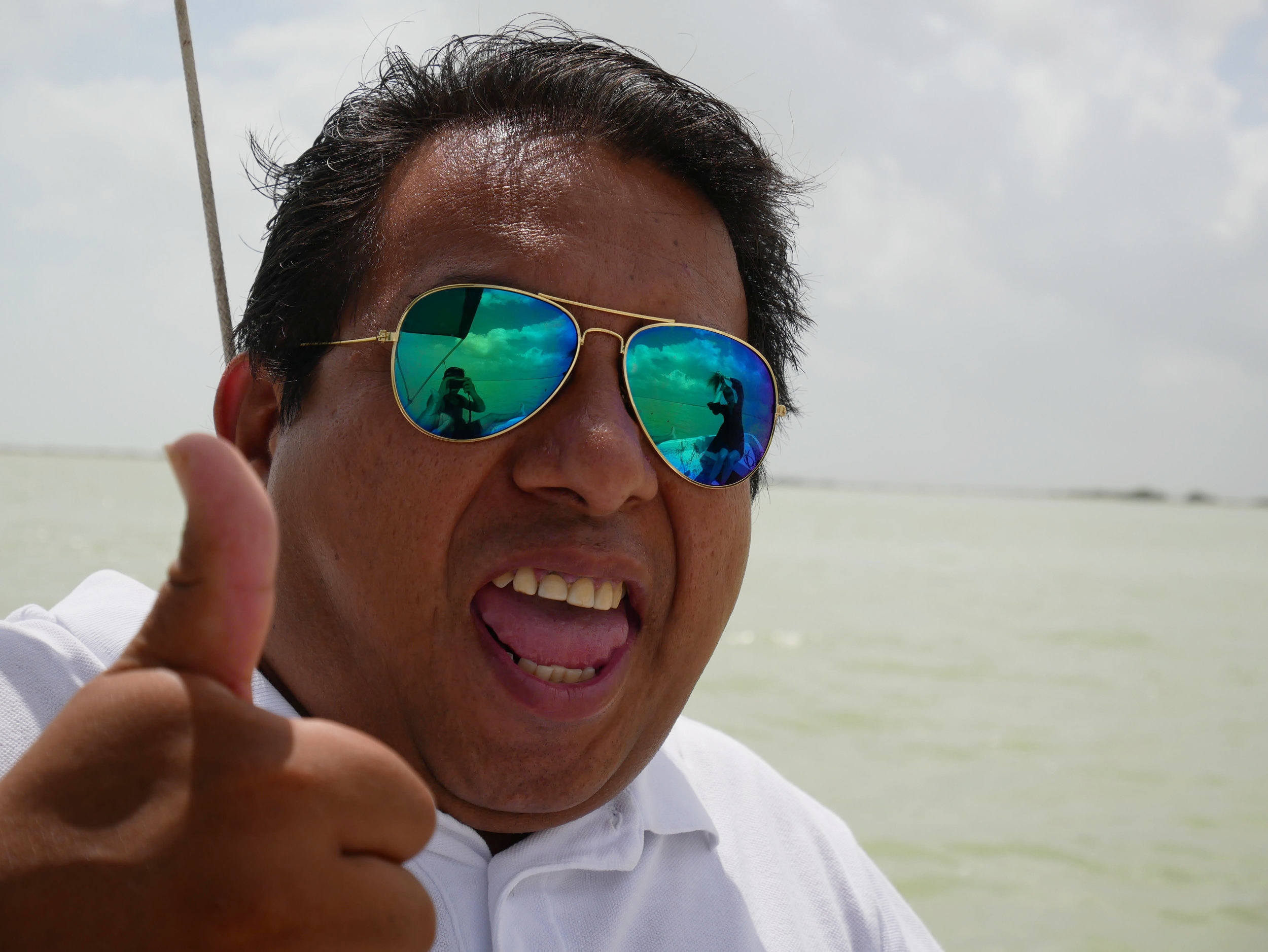Gen Goes to México
My recent trip to México was one of these that will remain imprinted in my memory forever. It was a really significant trip for so many reasons, but mostly I was able to share some precious moments in a heavenly place at a time of my life where I really needed it!
Tulum
Tulum is a small city located 2 hours away from Cancun International Airport. It quickly increased in popularity over the past years due to its raw beauty, and its cool vibes. It's the perfect place for those who want to relax on a beautiful white sand beach in an eco-friendly, and authentic environment. The area is full of great restaurants, cute secluded beach bars, yoga retreats, and more.
Playa Pescadores
This is where our first hotel was located. La Villa Pescadores can be found in the North Part of Tulum Beach, close to the archaeological site of Tulum. It is a charming hotel composed of rustic private cabanas on the beach. Needless to say that staying there felt like heaven on earth.
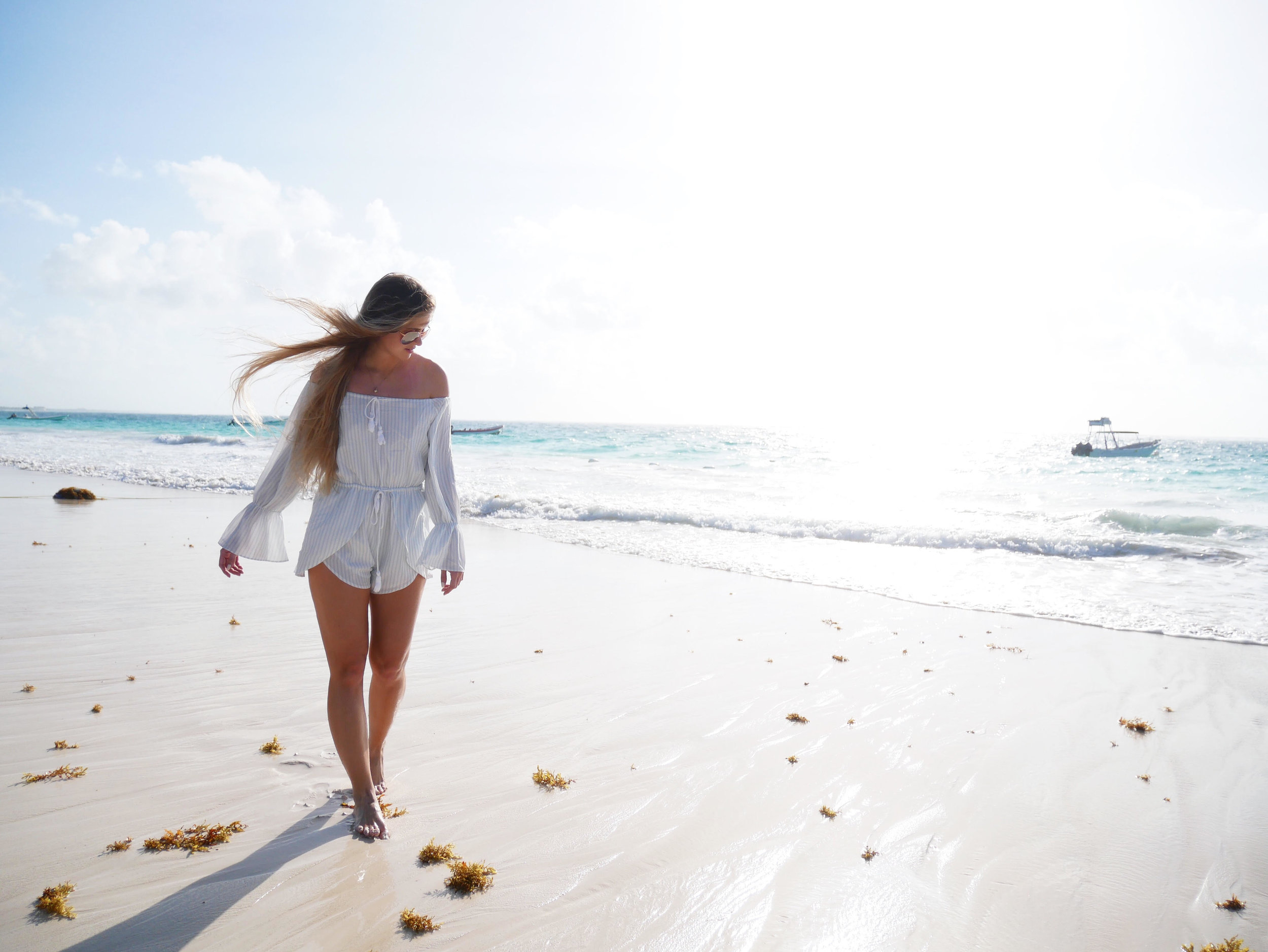
Gran Cenote
Gran Cenote is one of the most popular cenotes in the area. For those of you who aren't familiar with the term, a cenote is "a deep natural well or sinkhole, especially in Central America, formed by the collapse of surface limestone that exposes ground water underneath, and sometimes used by the ancient Mayans for sacrificial offerings."
Mayan Ruins
Tulum is well-know mainly because of its Mayan Archaeological Site. This old Mayan seaport was build during the thirteenth century to trade turquoise and jade, and offers a breathtaking view on the Carribbean Sea.
Cozumel
Cozumel is an island located 40 min away from Playa Del Carmen. It can be accessed by ferry at a fairly reasonable price, and there are boats departing every hour or so. We booked our excursion with Alicia @ Big Smile Tours, which I highly recommend. They were quick, efficient, and followed-up to make sure we had everything we needed.
Paradise Reef
Located along the 2nd largest Barrier Reef in the world, Cozumel sounded like the ideal place to get introduced to scuba diving. We got lucky enough to be the only two persons taking this excursion (the perks of travelling during low season). We watched a 30-min PADI video, and then rapidly got introduced to the underwater environment and the diving equipment. It's honestly very intimating at first. Breathing underwater is not really natural, and I got the impression I was going to suffocate at first, but after a few minutes that feeling went away, and I started enjoying the amazing creatures living under the sea.
East Side
Shortly after our diving excursion, we rented a scooter to cruise around the island. After asking locals for directions a few times, we managed to cross to the other side of the island, and enjoyed lunch on an almost empty beach.
San Miguel
After our little cruise, we hung out in downtown San Miguel (where the ferry departs) and enjoyed ice cream in front of a bright pink magical sunset.
Río Lagartos
Río Lagartos is a small town as well as a natural reserve in the region of Yucatán. It's a 2.5-hour ride from Playa del Carmen, and you'll pass many small colorful villages along your way there. Its geographic situation makes it the perfect place to go see animals in their natural habitat. Plus, if you get a wonderful guide like ours, you'll get to see all the secrets spots, and learn a lot about the region.
Mangroves
The village of Río Lagartos is located in the middle of a long lagoon. Once you arrive at the port, you can go on an excursion with local guides who will take you all the way up the river. If you're lucky, you'll get the chance to see many types of birds (ie. falcons, pelicans, flamingos), crocodiles, horseshoe crabs, and more. You'll also stop on a beach where you'll be able to take a 100% natural clay bath.
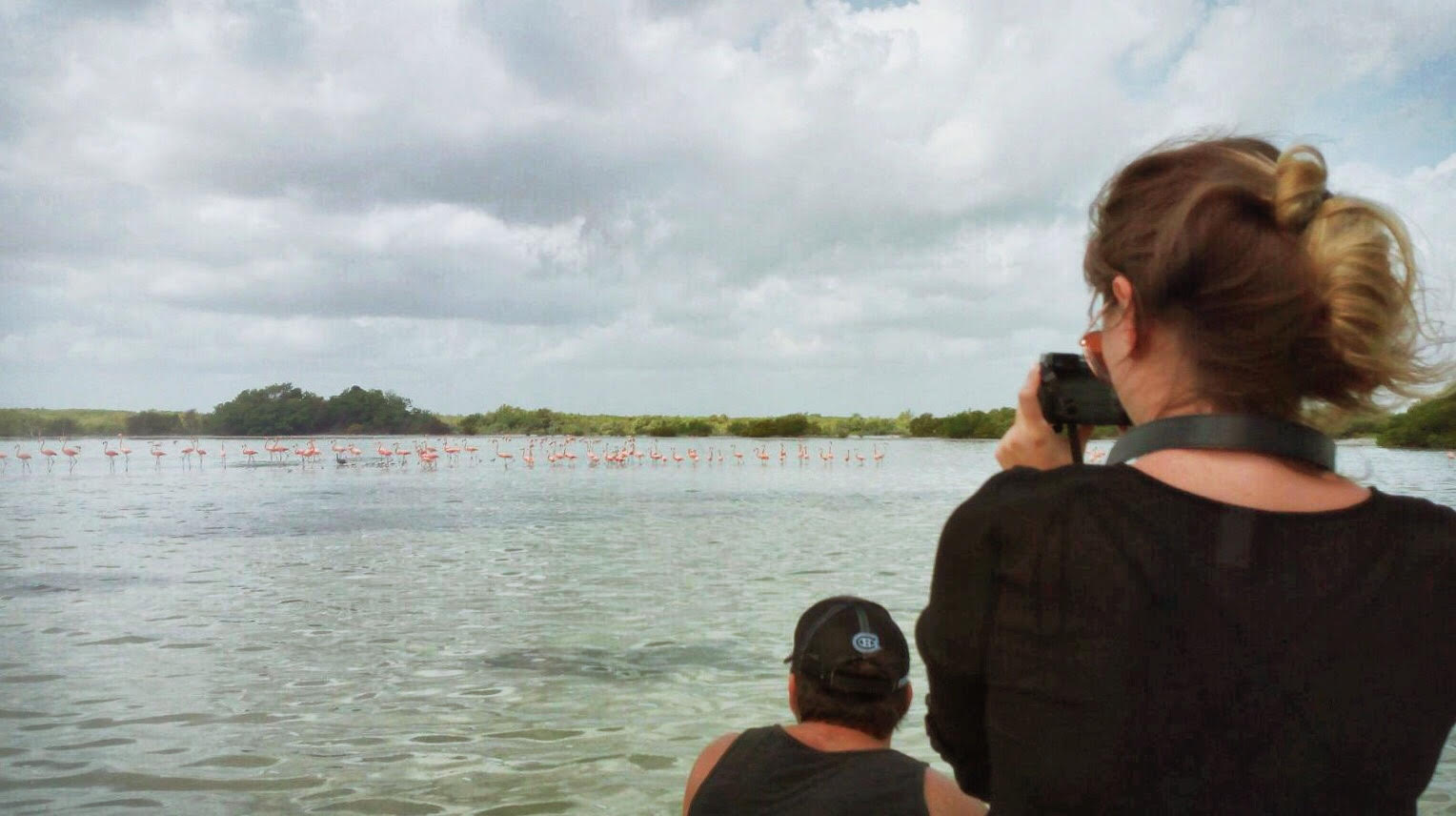
Las Coloradas
This little village is well-known for its salt production. The salt water of the Caribbean Sea creates shallow lakes that contain little pink-colored algae and shrimps. As the water starts to evaporate because of the heat, this algae's concentration becomes higher and higher, turning the water into a bright pink color.
Fun fact
The pink flamingos that can be seen in this region are actually white. They turn pink because they eat the algae and shrimps living in these lakes.


